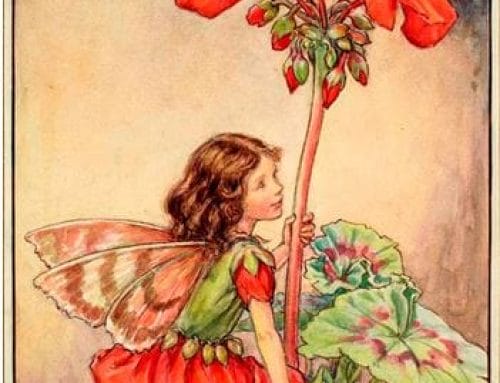Geraniums, also known as cranesbill, is a genus of over 400 species of annual, biennial, and perennial plants. Within this genus, there are several species that are considered to be hardy, meaning they can withstand cold temperatures and are well-suited for use in gardens.
Some of the most common hardy geranium species include:
- Geranium macrorrhizum – commonly known as bigroot geranium, it is a low-growing, spreading plant that can reach up to 30cm (12 inches) tall.
- Geranium endressii – is a low-growing, spreading plant that can reach up to 30cm (12 inches) tall.
- Geranium sanguineum – commonly known as bloody cranesbill, is a low-growing, spreading plant that can reach up to 30cm (12 inches) tall.
- Geranium phaeum – commonly known as dusky crane’s bill, is a low-growing, spreading plant that can reach up to 40cm (16 inches) tall.
- Geranium x cantabrigiense – is a low-growing, spreading plant that can reach up to 20cm (8 inches) tall.
- Geranium pratense – commonly known as meadow cranesbill, is a low-growing, spreading plant that can reach up to 60cm (24 inches) tall.
- Geranium cinereum – commonly known as ashy cranesbill, is a low-growing, spreading plant that can reach up to 30cm (12 inches) tall.
These are just a few of the many hardy geranium species that are available for gardening. Each species has its own unique characteristics, such as flower colour, leaf shape, and growth habit, making them suitable for different garden styles and conditions.
It’s important to note that not all geranium species are hardy, some are sensitive to cold temperatures and may not survive in areas with harsh winters. Before planting a geranium, it’s important to research the specific species and check if it’s hardy in your location.
In summary, Geranium is a diverse genus of plants that includes over 400 species, of which many are hardy and suitable for gardens. Hardy geraniums are known for their ability to withstand cold temperatures, making them suitable for a wide range of climates and garden styles. Each species has its own unique characteristics and it’s important to research the specific species before planting.
Article generated by ChatGPT





